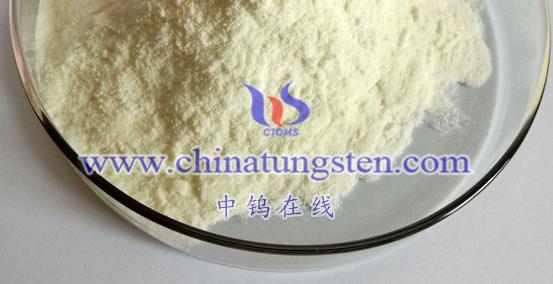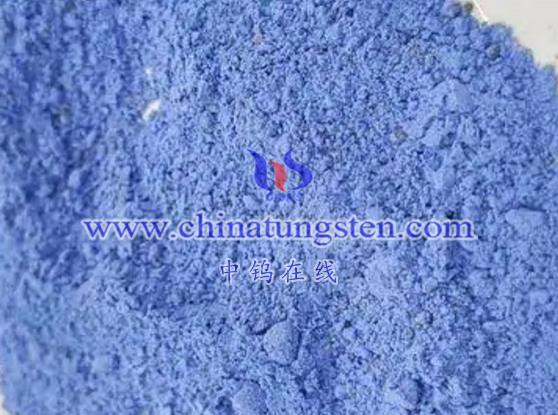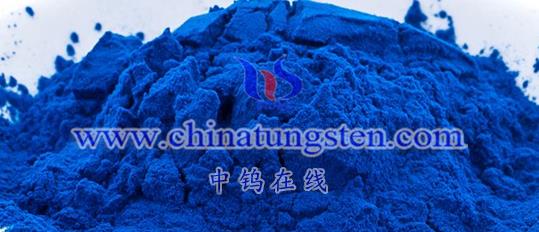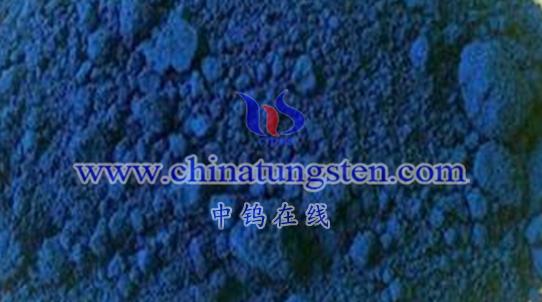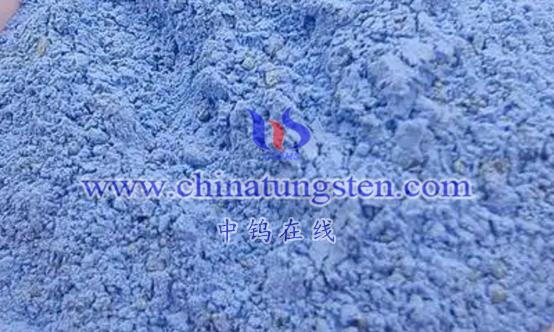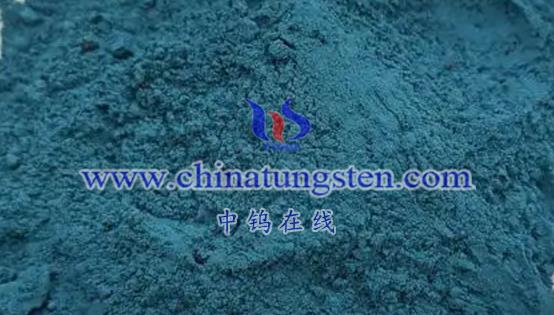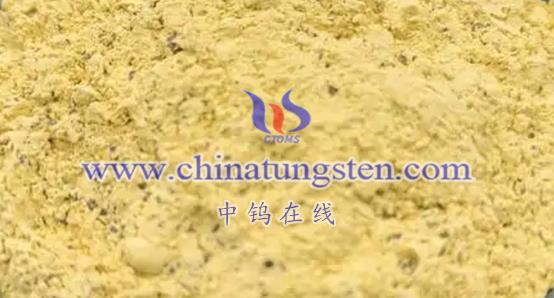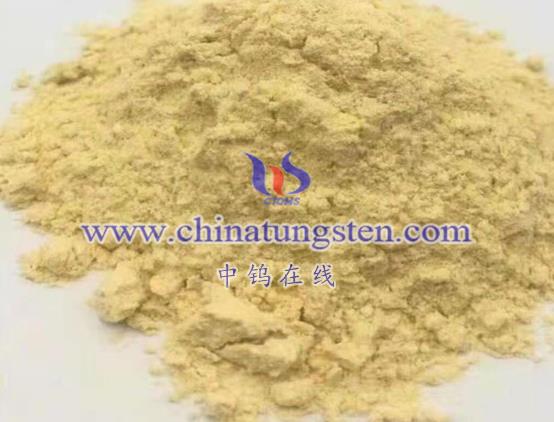
The bulk density (or loose bulk density) of tungsten oxide is not necessarily better when higher. Instead, it should be evaluated based on specific application scenarios and requirements. While bulk density is a crucial parameter reflecting the degree of packing and void ratio of powder particles, its optimal value depends on various factors. Here’s a balanced view of how higher bulk density affects tungsten oxide:
Advantages of Higher Bulk Density
- Better Flowability
Powders with higher bulk density generally exhibit better flowability, which facilitates uniform distribution and transport during processing. This can enhance production efficiency and reduce waste. - Higher Packing Density
For the same mass, powders with higher bulk density occupy less volume. This can help save storage space and reduce transportation costs. - Improved Performance in Certain Applications
In applications like coating or film formation, powders with higher bulk density might contribute to forming a more compact structure, thereby improving material properties.
Disadvantages of Higher Bulk Density
- Potential Impact on Catalytic Performance
For tungsten oxide powders used as catalysts, excessively high bulk density might reduce the contact area between particles, which could hinder catalytic reactions. An appropriate bulk density is needed to facilitate the diffusion and adsorption of reactants on the catalyst surface, thus enhancing catalytic efficiency. - Increased Sintering Risk
Higher bulk density powders may be more prone to agglomeration or sintering during heating. This can lead to larger particle sizes, reduced porosity, and potentially affect the material’s performance and lifespan. - Challenges in Certain Processing Methods
In some specific processing methods (e.g., spraying, grouting), a very high bulk density might make it difficult for the powder to disperse evenly or achieve the desired structure.
Comprehensive Consideration
Choosing the right bulk density for tungsten oxide depends on the specific application and needs. For processes requiring high flowability, powders with higher bulk density may be preferred. Conversely, for applications requiring high catalytic activity, balancing bulk density with catalytic performance is crucial.
Additionally, other performance indicators such as purity, particle size distribution, and crystal structure should also be considered to ensure that the final product meets performance and quality requirements. Therefore, selecting and using tungsten oxide powders requires a comprehensive evaluation and testing process.
More details of tungsten oxide product, please visit website: tungsten-oxide.com
Please contact CHINATUNGSTEN for inquiry and order of tungsten oxide:
Email: sales@chinatungsten.com
Tel.: 86 592 5129595
